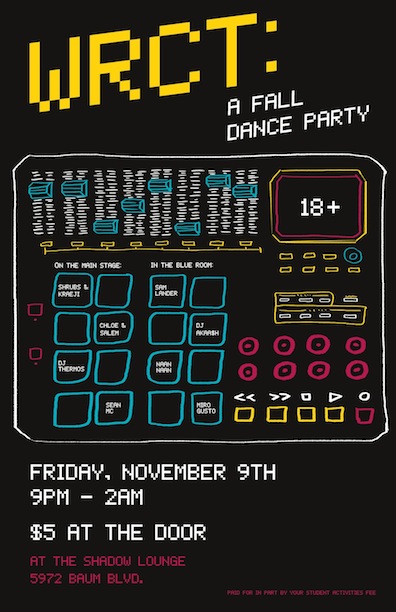Three River Revival: Traditional Music
Welcome to the Three River Revival! This blog is an attempt share with you, dear listeners, my appreciation for traditional and folk music.
This being the inaugural post, let me lay the ground work for entries to come. My goal: I’d like to explore the question, “what is traditional music?” Rather than summing it up in a concise answer (Wiki it, the answer is not so concise) this blog will take a thematic approach that looks into traditional music from the U.S. and around the world. I want to explore what threads connect the music of the past with the music of today.
To start, there are a few generalizations I will make to make defining traditional music easier.
Simply by definition, traditional music is the root of all styles that succeed it. But it’s silly to assume that nothing exists before traditional music. “Traditional” can be assigned to a particular people (even a single person), instrument, style, region, event, etc. and it is born of a culture. More often than not a classification will be the result of a few of these cultural variables: Give a banjo to a man in New Orleans and he will give you a Dixieland rhythm. Give a banjo to a girl in Galax, Va. and suddenly you have a bluegrass picker. Find Woody Guthrie in the middle of unionization and you get “1913 Massacre.” Find Dylan in the middle of the Civil Rights era and you get “Lonesome Death of Hattie Carroll.”
Another assumption I’d like to make is that this music has significance within its culture of origin. This can mean purpose but it can also mean popularity. Traditional music can aid in the storytelling, passing, and propagation of a culture. Basically, it found an audience willing to embrace it and also to recreate it while transforming it into new styles, rendering the old “traditional.”
I write because I love the folk tradition and I believe it has much to offer those who want to understand music and its relationship to people. Modern music has its place. I can lie down on my couch, close my eyes, chill out of the B-side of The Avalanches or Neat Beats, and tell you how meta it is to smash pop culture to pieces and then rebuild it. But unique to traditional music is it still provides a sense of identity, in some cases even when the heyday of its style is long past. Look, there are still people blowing alpine horns for no apparent reason other than to party at the top of mountains.
Thanks for reading, and stay tuned for future installments of Three River Revival.

